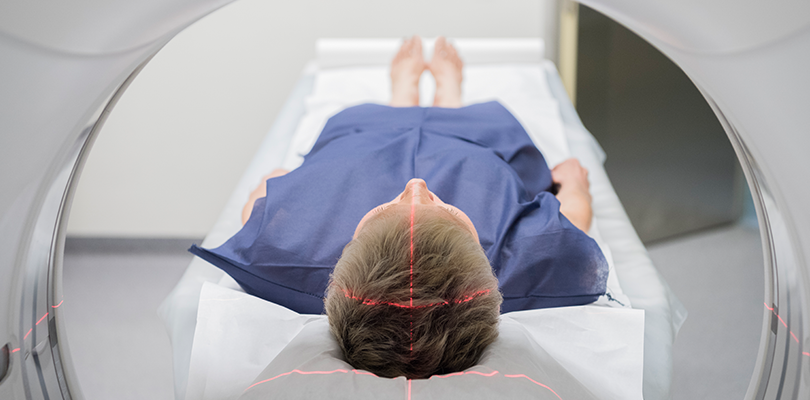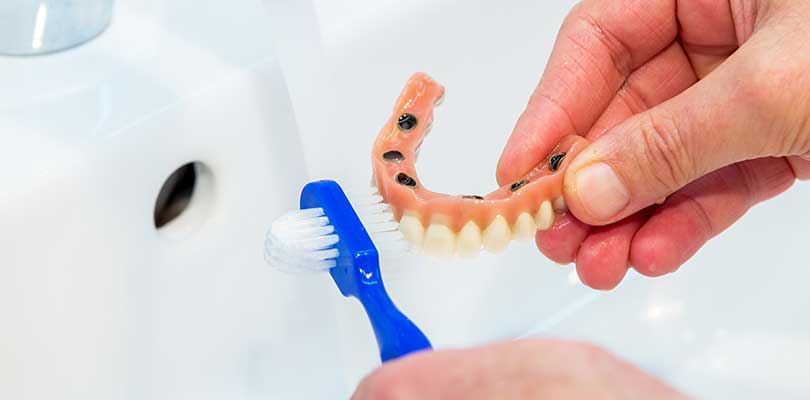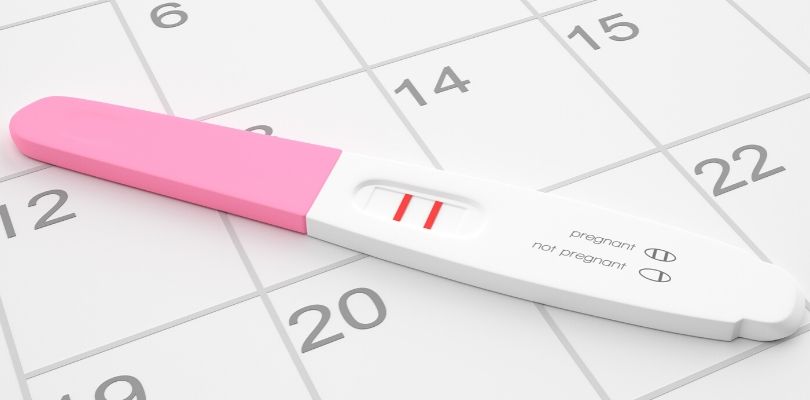Sinus Infection vs. Cold
You may think that sinus infection and colds are terms that can be used interchangeably. While the two conditions are similar, they are not the same.
What Is a Sinus Infection?
A sinus infection, also called sinusitis, is the inflammation of the sinuses typically caused by a bacterial infection. Sinusitis can also be caused by viruses, fungi, colds, seasonal allergies, nasal polyps, or a deviated septum.
Normal sinuses are coated with a thin layer of mucus that traps tiny particles like germs and dust. Little hair-like strands, called cilia, sweep these particles toward the back of the throat so they can be swallowed and removed from the body by digestion.
When the sinuses swell due to infection, mucus gets trapped and the cilia don’t have room to sweep the particles out of the sinuses. These conditions are a great place for germs to grow.
What Is a Cold?
The average adult catches three colds each year and during the same period of time, children can catch up to 12.
A cold is a viral infectious disease that preys on the upper respiratory system – the upper airways, sinuses, throat, and nose. Colds are contagious and can be passed around to your friends and neighbors by minuscule air droplets in coughs and contact with infected surfaces.
Colds are caused by various viruses that manage to override the body’s immune system and cause infection. The body produces extra mucus to trap the virus and bacteria, however, the mucus can be overpowered by the virus, enabling it to enter your cells.
The virus suppresses the cell’s machinery in order to manufacture more viruses, which in turn attack the cells. Risk factors include older adults, those with weakened immune systems, smokers and young children.
Symptoms of a Sinus Infection
The sinuses are air-filled cavities located in the bone of the face. Found on either side of the bridge of the nose, behind the nose in front of the brain, within the cheekbones, and behind the forehead and eyebrows.
Narrow sinus openings, nasal polyps, and deformity of the bone separating the nasal passages are all bodily defects that can contribute to sinus infections.
Symptoms include greenish nasal discharge, congestion, postnasal drip, tenderness of the face around the eyes or bridge of the nose, frontal headaches, coughing, fever, fatigue, pain in the teeth, and bad breath. There will also be swelling of the nasal passages and redness.
Acute sinus infection lasts three to eight weeks. Any longer than that and it is considered chronic.
Symptoms of a Cold
You may wonder why your body seems unable to build up immunity to the common cold. There are more than 200 viruses that could be to blame, which is why you find yourself down and out with a cold time and time again.
Colds can incite symptoms such as dry/sore throat, blocked or a runny nose, sneezing, coughing, mild headache. Less common symptoms are shivering, pink eye, muscle aches, fatigue, reduced appetite, and weakness. About 25 percent of people do not get symptoms, in spite of having a cold. Likely thanks to how their immune system reacts.
Bacteria can sometimes work their way into the ears and sinuses to cause a secondary bacterial infection. People with conditions like asthma and COPD are more susceptible to catching colds
Similarities and Differences
Colds can cause sinus infections, but the reverse is not usually the case. Bad colds are often mistaken for sinus infections. With a cold, symptoms generally start to alleviate after a few days.
A sinus infection settles in, lasting upwards of 10 days without improvement. If a cold starts to disappear and suddenly comes back with a vengeance, this is called double worsening. What used to be a cold is now a sinus infection.
Nasal discharge with a sinus infection is whitish or colored yellow or green. With a cold, the discharge is whitish and can be thick or thin. Sinus infections do not have sneezing as a symptom.
Both can have nasal congestions, coughing, headache, fever, and facial pressure. Sinus infections can have symptoms of pain in the upper teeth and bad breath, while colds do not.
When Krystina was diagnosed with a meningioma her first question was, "What is a meningioma?" Read her story about being diagnosed and choosing a treatment.
Treatment of a Sinus Infection
Before you start any treatment, you should see a doctor to determine the cause of the sinus infection. That will help determine the duration, as well as the best treatment for symptom relief.
- Antibiotics are the standard first line of defense. They are taken anywhere from 3-28 days depending on the prescription. Antibiotics attack the bacteria that caused the infection but don’t do much to reduce symptoms until the drugs start to work. You may require another medication to reduce discomfort.
- Nasal decongestant sprays are helpful as a short-term solution. They reduce swelling in the nasal passages and enable drainage from the sinuses. If used longer than recommended, the nasal passages may become dependent on the spray, and this laziness results in the opposite effect where the nasal passages swell shut.
- Topical nasal prescription sprays, however, are not absorbed into the bloodstream and can be used at a normal dose for longer periods of time without developing a dependency. These prescription sprays prevent and reverse inflammation in the nasal passages and sinus openings.
- Nasal decongestants and antihistamines should be used with great care. Some of these contain medicinal ingredients that can thicken mucus. In spite of being over-the-counter, get the opinion of a pharmacist or doctor before use.
- Nasal saline washes can help clear thickened mucus from the nasal passages.
- The very last resort is surgery if your infections occur due to anatomical defects.
Treatment of a Cold
There’s that old adage that colds have three days of coming, three days of staying, and three days of going. That’s pretty accurate, as most colds last up to 10 days, but may last up to a few weeks.
For the most part, a cold gets better on its own without medication. Treatment and medicine are generally used to ease symptoms to make them more manageable, but there is not a cure for the common cold. Medicine will only treat the symptoms, but not the cause.
There are a few home remedies you can use to ease your cold symptoms:
- Echinacea is an herbal remedy that some suggest reduces the duration of symptoms.
- Do your best to stay hydrated and up your fluid intake. Dehydration makes symptoms worse and you lose a lot of fluid is lost through sweating and runny noses.
- Sleep and rest as much as possible. Giving your body time to recuperate allows your immune system a better opportunity to fight off the virus
- Adults can take aspirin, acetaminophen or ibuprofen to relieve headache and fever.
- Steam helps some people relieve the symptoms of nasal congestions.
- Vitamin C helps reduce symptoms.
- Chicken soup may actually work. It’s believed that chicken soup obstructs the movement of both mucus and immune cells that cause inflammation.
- A saltwater rinse for the nose can improve symptoms.
Sinusitis Prevention
There are a few things that can reduce your chance of developing a sinus infection or relieve symptoms before they become too overbearing:
- Use a small pot to bathe your nasal passages daily.
- Inhale steam.
- Sleep with your head elevated (this helps mucus from pooling).
- Drink lots of water.
- Avoid dry environments.
Cold Prevention
There are several things you can do to minimize catching a cold: Avoid contact with people that have colds, cover your sneeze or cough with at tissue, wash your hands, eat plenty of vitamin-rich fruit and vegetables to fortify your immune system, keep surfaces in your home and office clean (especially the kitchen and bathrooms), and avoid touching your face.
The next time you have a cold or sinus infection, you’ll be better equipped with how to treat it, and better yet, how to prevent it from happening in the first place.







